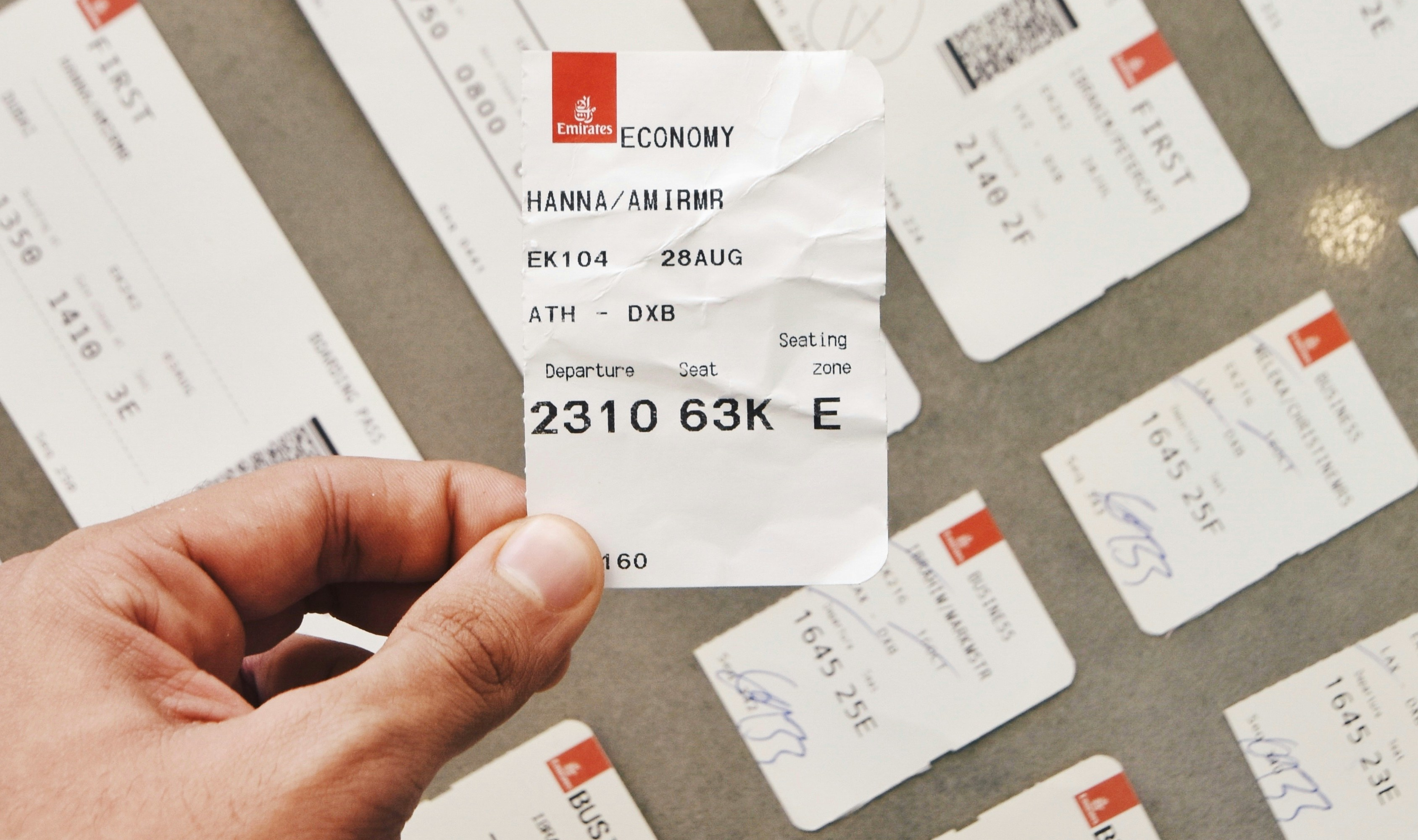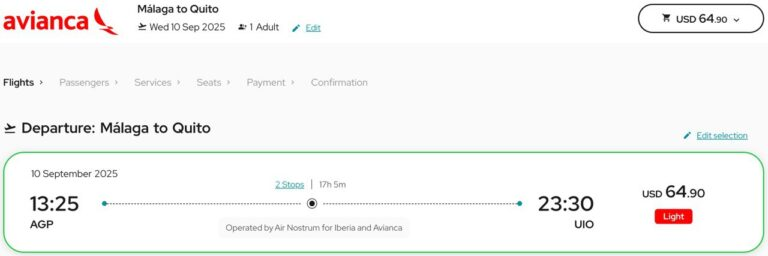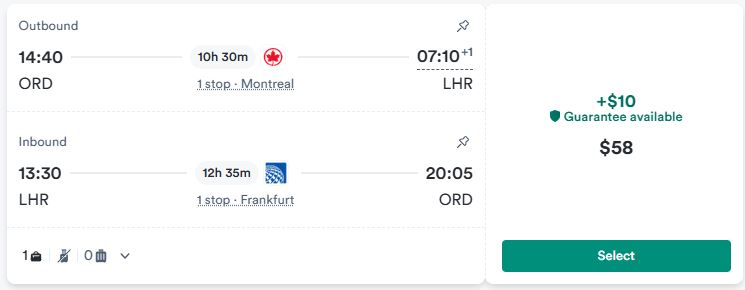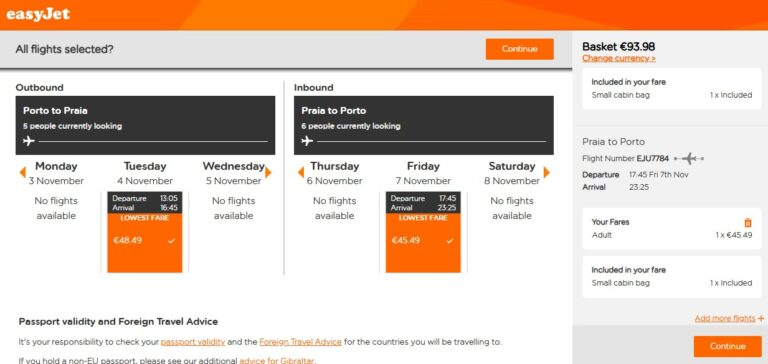How to find error fares

Error fares are the rare, beautiful glitches of the flight world — those prices that look like someone misplaced a decimal or spilled a currency converter across the keyboard. They generate frenzies on Telegram channels, Reddit threads, and private deal groups. If you treat them with respect (and a bit of caution), you can score incredible trips for very little money. If you treat them like the promised land, you might end up with cancelled bookings and wasted plans.
This guide walks you step-by-step through what an error fare is, where to spot one, how to verify quickly, how to book with minimal risk, and what to do if the airline cancels. I’ll also share an anonymized case study where a reader booked a €49 return and what they did right. At the end you’ll find a printable checklist and short message templates you can reuse when you find a deal.
What exactly is an “error fare”?
An error fare (sometimes called a mistake fare) is a ticket price that is clearly incorrect — caused by human error, currency conversion bugs, a misapplied discount, or a technical problem between an airline and an online travel agency (OTA).
Common causes include:
- Currency or decimal mistakes (e.g., $49 shown instead of $490).
- Misconfigured fare classes or rules.
- Temporary website or inventory sync issues between OTAs and airlines.
- Promo codes or unpublished discounts applied incorrectly.
Reality check: airlines can cancel error fares. Sometimes they refund immediately, sometimes they honour them. There are court cases on both sides, but for most travellers the safer assumption is: the ticket might be cancelled — plan so you don’t lose nonrefundable downstream bookings.
Refund/claim starter (if cancelled):
Hello,
My booking ID [ID] was cancelled. I booked on [date/time] via [OTA].
Please confirm refund to the original card and provide a timeline.
Attached: booking screenshot and confirmation email.
Where do error fares appear (and how to stay in the loop)
You want two things: speed and breadth. Error fares disappear fast; if you only check once a day you’ll miss most of them. Here are the best places to look:
- Deal communities: Reddit (e.g.,
r/FlightDeals, r/cheapflights, r/travel, r/Flights), FlyerTalk threads, and niche Facebook groups. These crowd-sourced posts often include timestamps and booking links. - Telegram & Discord channels: Many deal hunters use Telegram bots and channels because they’re instant.
- Twitter/X feeds: Follow a handful of known deal posters.
- OTAs and airline sites: Occasionally the error is visible directly on an OTA or airline site — sometimes it’s shown only briefly before disappearing.
- Price trackers: Set broad alerts on Google Flights, Skyscanner, Flynect or other trackers (e.g., “anywhere” searches) to catch unusual drops.
Pro tip: subscribe to one fast channel (Telegram or Twitter) for immediate alerts and one slower source (Reddit, blogs) for verification and context.
Quick verification checklist — do this in under 5 minutes
- Check the route and timings. Is it a sensible itinerary (reasonable layovers, same airports)? If it routes through impossible connections, it’s likely garbage.
- Open a different browser/device and search again. Use incognito mode.
- Search the same route on Google Flights and another OTA. If multiple sources show the price you have higher confidence.
- Look for an e-ticket or PNR after booking. If you get a PNR and the airline’s “manage booking” accepts it, odds are better.
- Examine the fare rules if available. Garbled or missing text is suspicious.
- Screenshot everything — the price, the booking page, timestamps, and the confirmation email if you book.
If steps 1–4 look reasonable, it’s often worth booking — but follow the safe booking steps below.
How to book safely (practical, non-fluffy advice)
- Book immediately: error fares vanish in minutes. When you see a valid error fare, don’t wait.
- Use a credit card: it gives you better consumer protection and easier chargeback options than a debit card.
- Avoid non-refundable extras: don’t buy hotels, trains, or tours that cannot be refunded until the ticket is clearly confirmed.
- Don’t call the airline right away: sometimes calling before the e-ticket issues triggers a manual review; wait 24–48 hours after booking for PNR/e-ticket confirmation.
- Save proof: screenshots, timestamps, confirmation emails, and payment receipts. Store them somewhere safe (cloud or email) in case you need to dispute or request a refund.
- Have a backup plan: decide in advance what you’ll do if the fare is canceled (refund + book regular fare; change dates; travel credit).
Note on insurance: most travel insurance policies won’t cover cancellations due to airlines correcting error fares. Treat an error-fare booking as speculative fun — wonderful if it works, but not your main itinerary for an important commitment.
Risk management: where travellers most commonly get burned
- Non-refundable roadmaps: the most frequent mistake is booking trains, ferries, or hotels that can’t be refunded. If the flight is canceled, those costs are lost.
- Relying on it for important events: weddings, work trips, and fixed dates are bad bets if the ticket came from an error fare.
- Booking extras immediately: skip seat assignments, prepaid baggage, and hotel prepayments until the PNR is confirmed.
If you want to be conservative: book the flight, wait 24–72 hours for e-ticket confirmation, and then make the rest of the arrangements.
Real examples:
Route: From Spain to Ecuador (Malaga → Quioto)
Advertised price: USD 65 - one-way ticket

Route: From Portugal to Colombia (Lisbon → Bogota)
Advertised price: EUR 141 - round-trip ticket

Route: From USA to UK (Chicago → London)
Advertised price: USD 58 - round-trip ticket

Route: From Portugal to Cabo Verde (Porto → Praia)
Advertised price: USD 94 - round-trip ticket

Short FAQ
Q: Can airlines retroactively cancel and keep my money?A: No — if they cancel they normally refund you. The rare disputes have landed in court; for most travellers the outcome is a refund. Use a credit card to speed dispute resolution if needed.
Q: Is it ethical to buy an error fare?A: Many travellers treat them as accidental windfalls. There’s an ethics debate but practically the market expects either a refund or the fare being honoured. Use your best judgment.
Q: Does calling the airline help if I didn’t get a PNR?A: Calling can sometimes help, but it can also trigger manual reviews. Wait 24–48 hours; if there’s still no PNR or e-ticket, contact the OTA and then the airline.
Quick-use printable checklist (copy this as a screenshot or PDF)
- Price verified on at least one other source (OTA or Google Flights)
- Route/timings look realistic (no impossible connections)
- Booked with a credit card
- Screenshots & timestamps saved
- Confirmation email & PNR received and checked on airline site
- No non-refundable hotels/transfers booked until PNR/e-ticket confirmed
Useful links
Below are good places to watch (or subscribe to) for error fares and steep flight deals. I’ve included a short note for each and a link to where they publish deals.
Google Flights — popular flight tracker from Google.
Secret Flying — one of the most-cited sources for mistake fares and flash airfare errors; has a dedicated “Error Fare” category.
Flynect Top Deals — oriented on EU flights. Look for error fares at top deals or when you’ve already selected a destination. It’s sorted by a cheapest price.
The Flight Deal — publishes curated flight deals (including occasional mistake fares and unusually low sales).
FlyerTalk (forums) — “Mistake fares” threads — community threads where members post and discuss mistake fares in real time. Good for crowdsourced confirmations.
Reddit (r/flightdeals, r/cheapflights, r/travel, r/Flights) — several subreddits where members post error fares and unusual deals — very fast but verify posts.
Case study: how a €30 return was booked (anonymized)
Route: Bucharest → Milan → Bucharest
Advertised price: €30 return
Final thoughts
Error fares are a rush — a small slice of gambling with a good upside. If you want to hunt them, do it with a clear routine: fast verification, credit-card payment, and sensible risk management. Treat them as a fantastic bonus when they work, but never as the cornerstone of an important travel plan.